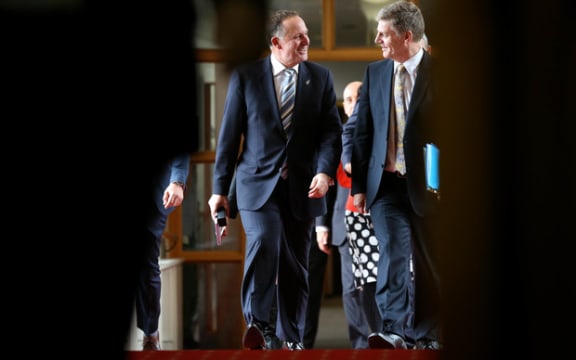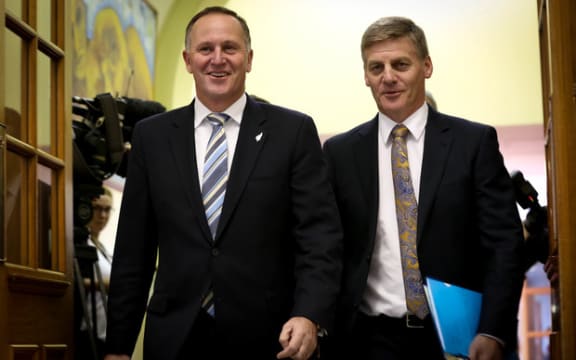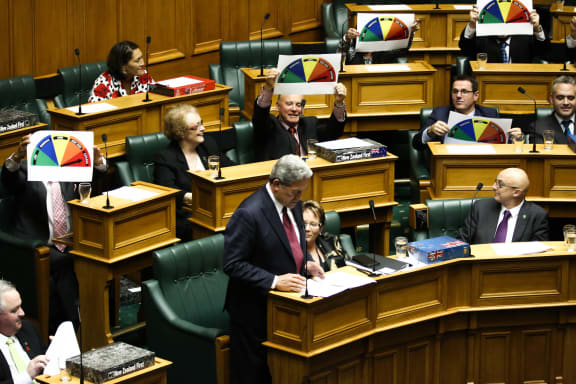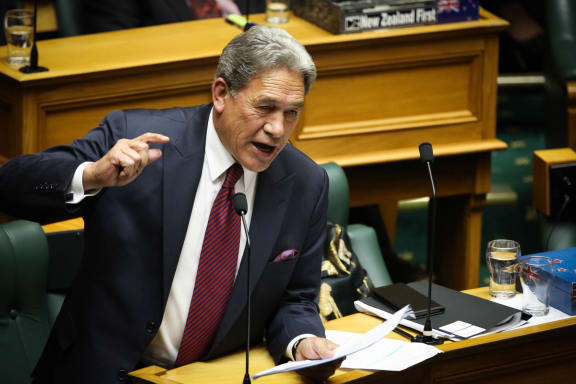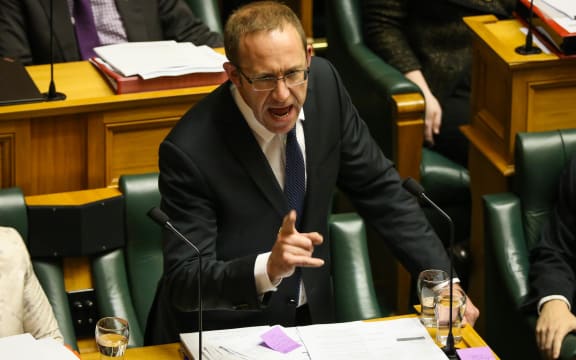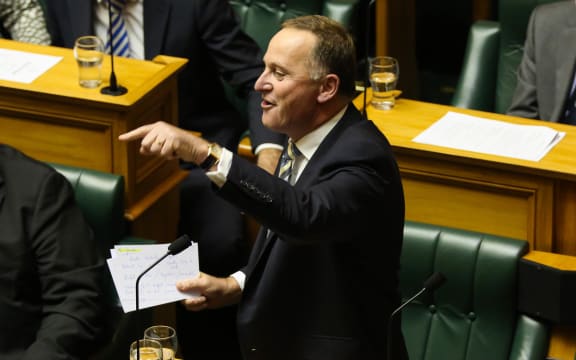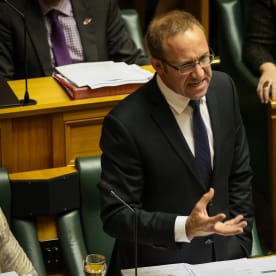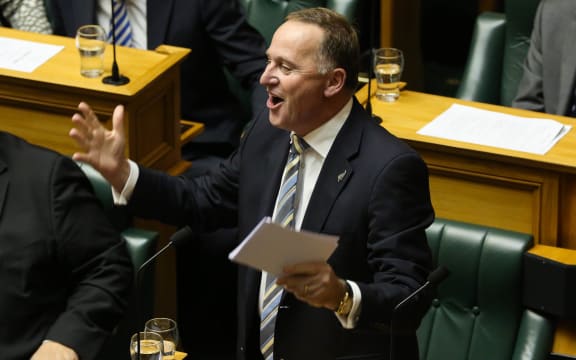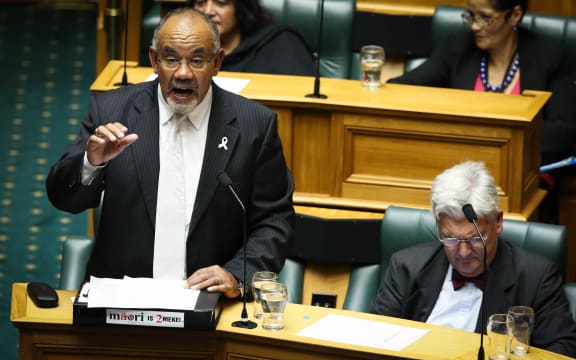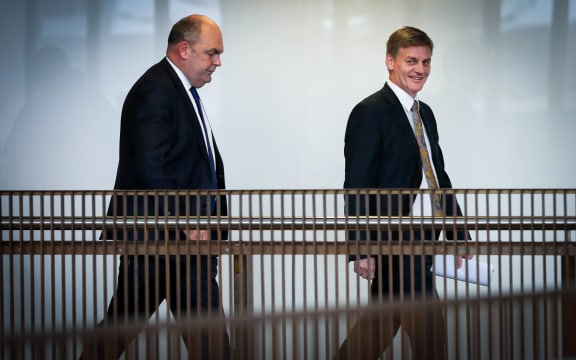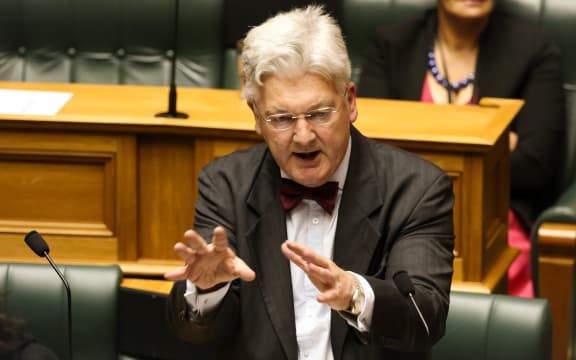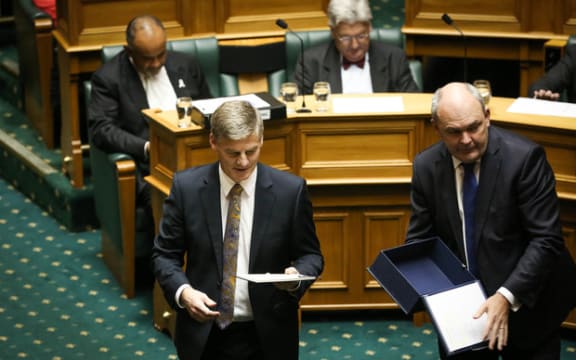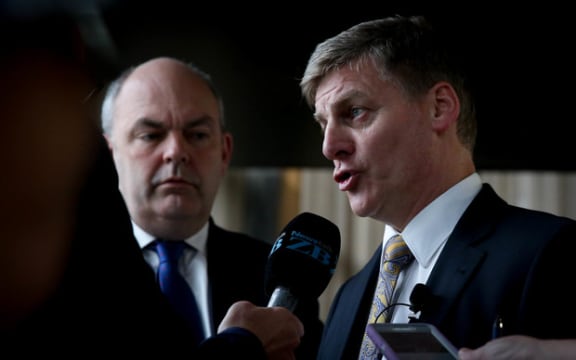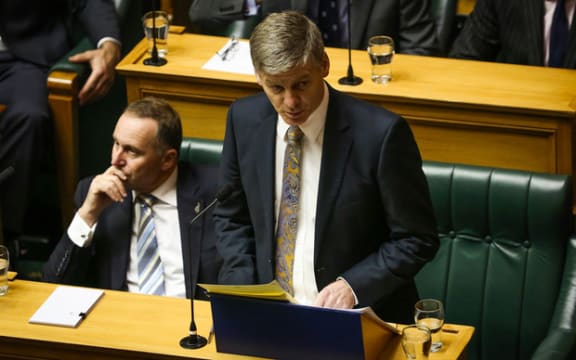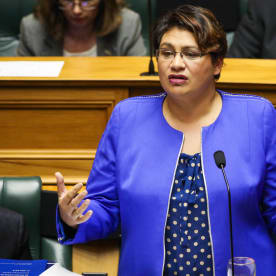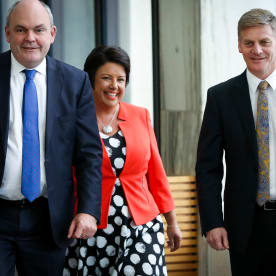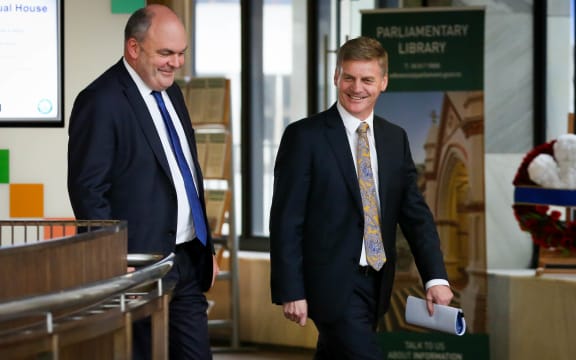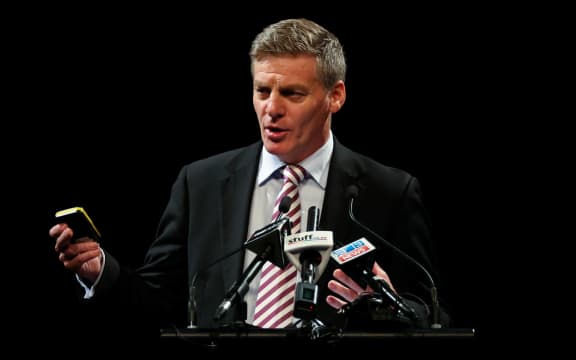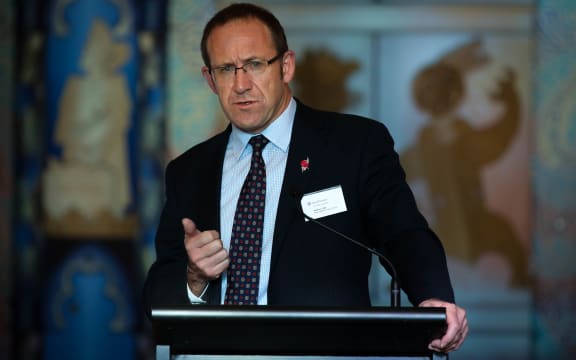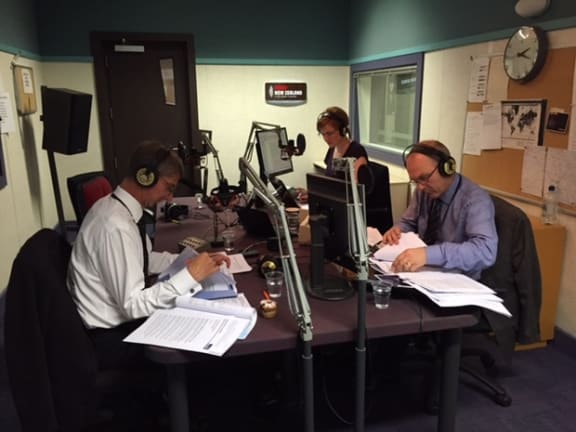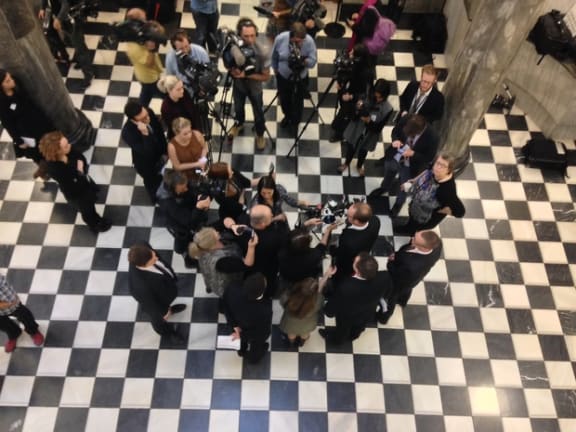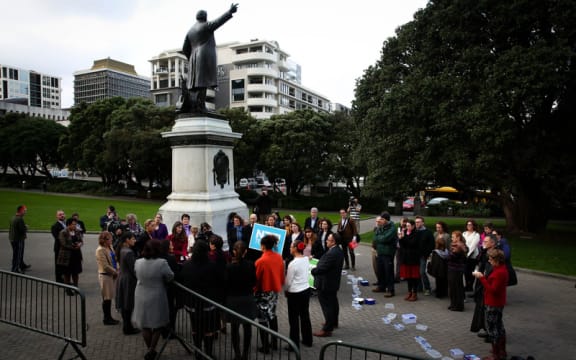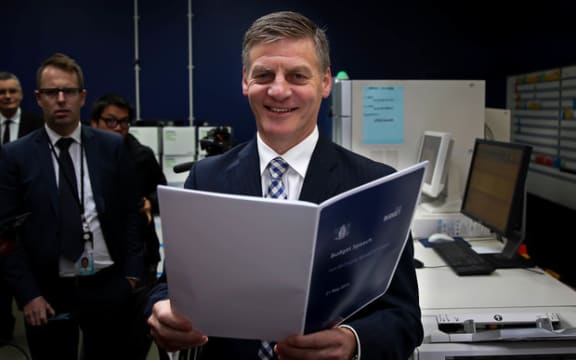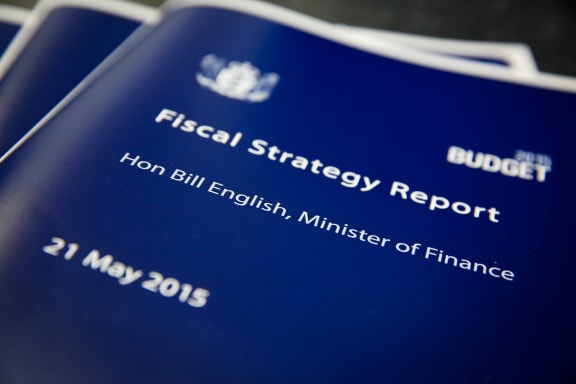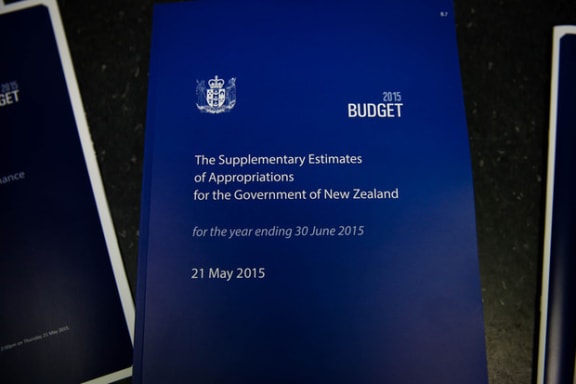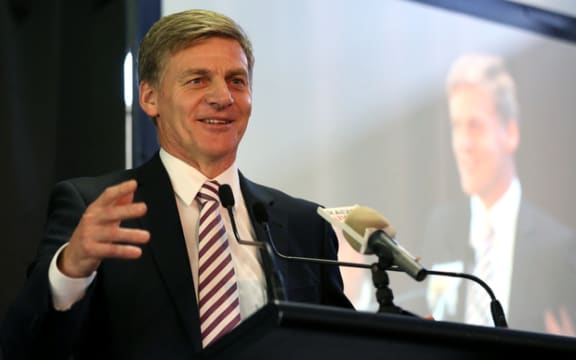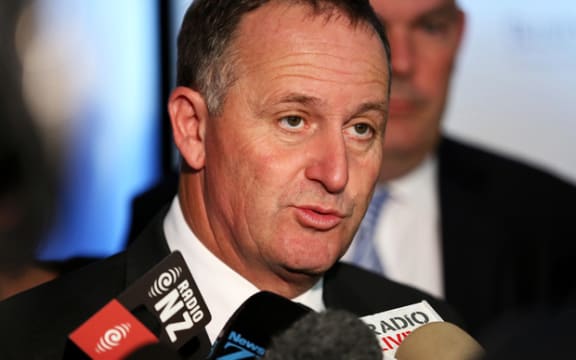The economy is expected to grow at an average of 2.8 percent a year over the next four years, Bill English said in delivering his seventh Budget today.
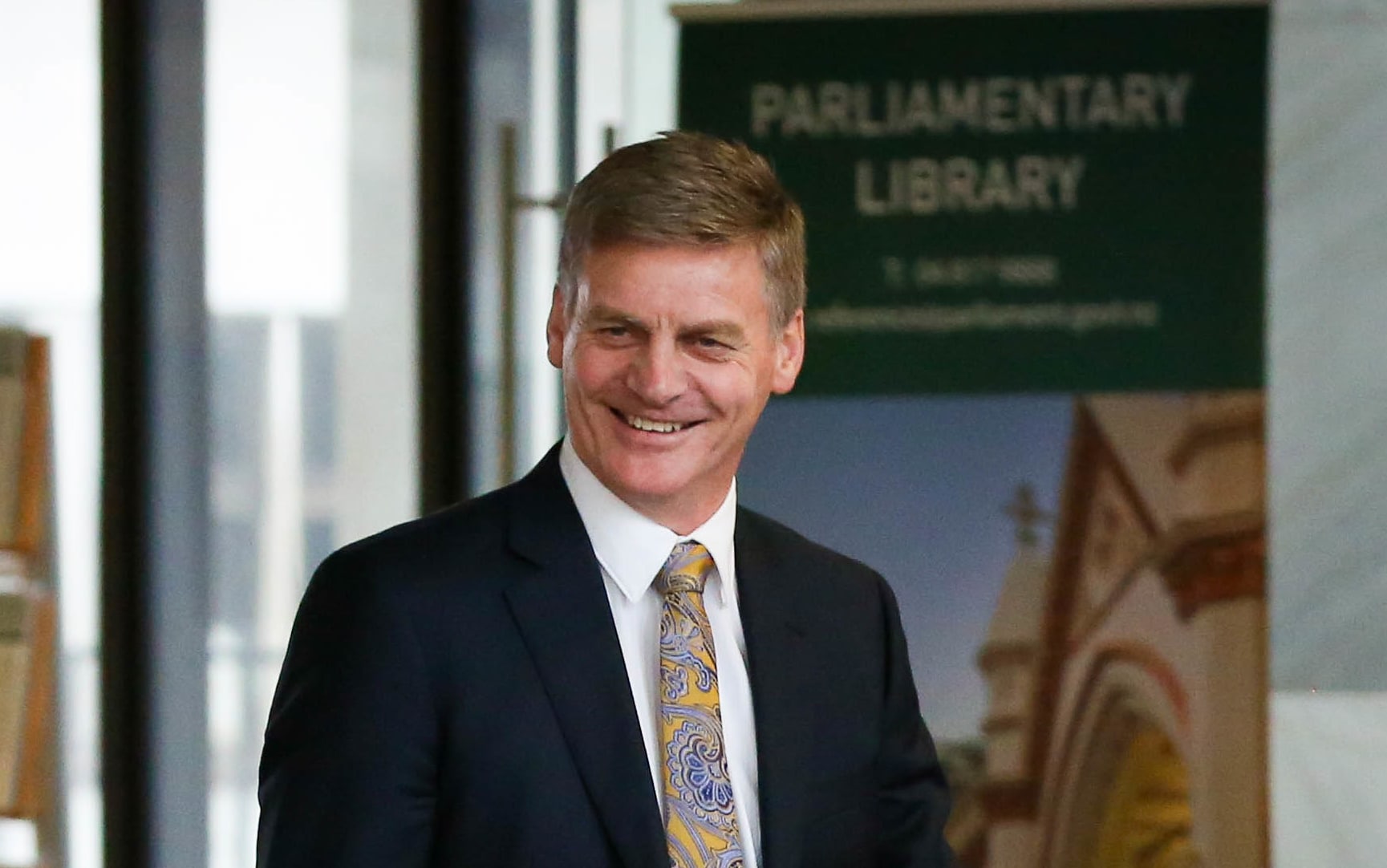
Photo: RNZ / Alexander Robertson
Read more stories on Budget 2015
The growth would be underpinned by the house building in Auckland and rebuilding of Christchurch, historically high terms of trade, low interest rates and rising immigration.
The Treasury is forecasting growth to peak at 3.3 percent in the March 2015 year, which is slightly below December's forecasts due to drought, sluggish global demand and the high New Zealand dollar.
Growth is forecast to ease back to 3.1 percent the year after, and 2.8 percent for each of the two years after that.
The Government's economic advisor said growth was expected to moderate over time as immigration eased, construction slowed and interest rates rose in response to a fall in the amount of spare productive capacity.
Inflation is expected to remain much weaker than earlier forecast in the next couple of years, before rising to the Reserve Bank's target of 2 percent toward the end of 2016.
An additional 190,000 people are expected to be in work by mid-2019, and unemployment was set to fall gradually from 5.8 percent to 4.5 percent.
The current account deficit is expected to peak at 5.6 percent of gross domestic product (GDP), before easing back to about 5 percent.
Surplus
The Government is picking a deficit of $684 million in the June financial year, before producing a small surplus the year after.
Mr English said low inflation meant tax revenue was not rising as quickly as expected.
Tax revenue was forecast to be $4.5 billion lower this year and for the next three years compared to last year's Budget.
But Mr English said the books were in good shape and on track to surplus next year.
The Treasury forecast a modest surplus of $176 million in the June 2016 financial year.
That is forecast to grow moderately, rising to $1.5 billion, $2 billion and $3.6 billion respectively during the following three years.
Net debt remains on track to to fall to 20 percent of GDP by 2020, after peaking next year.
The Government will keep new spending at $1 billion a year this year and next, before rising to $2.5 billion in 2017.
Mr English said the 2017 allowance provided options for future income tax conditions.
New spending drops to $1.5 billion in 2018.
The Government had focused on restraining spending, with core Crown expenditure falling from 34 percent of GDP to an expected 30 percent in 2016.
